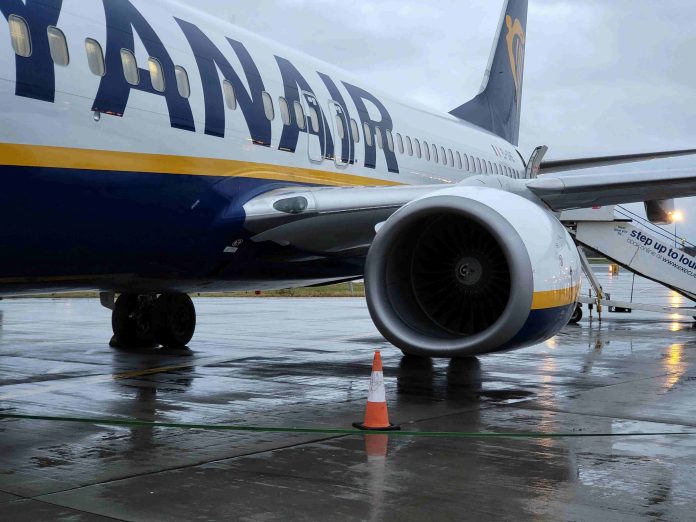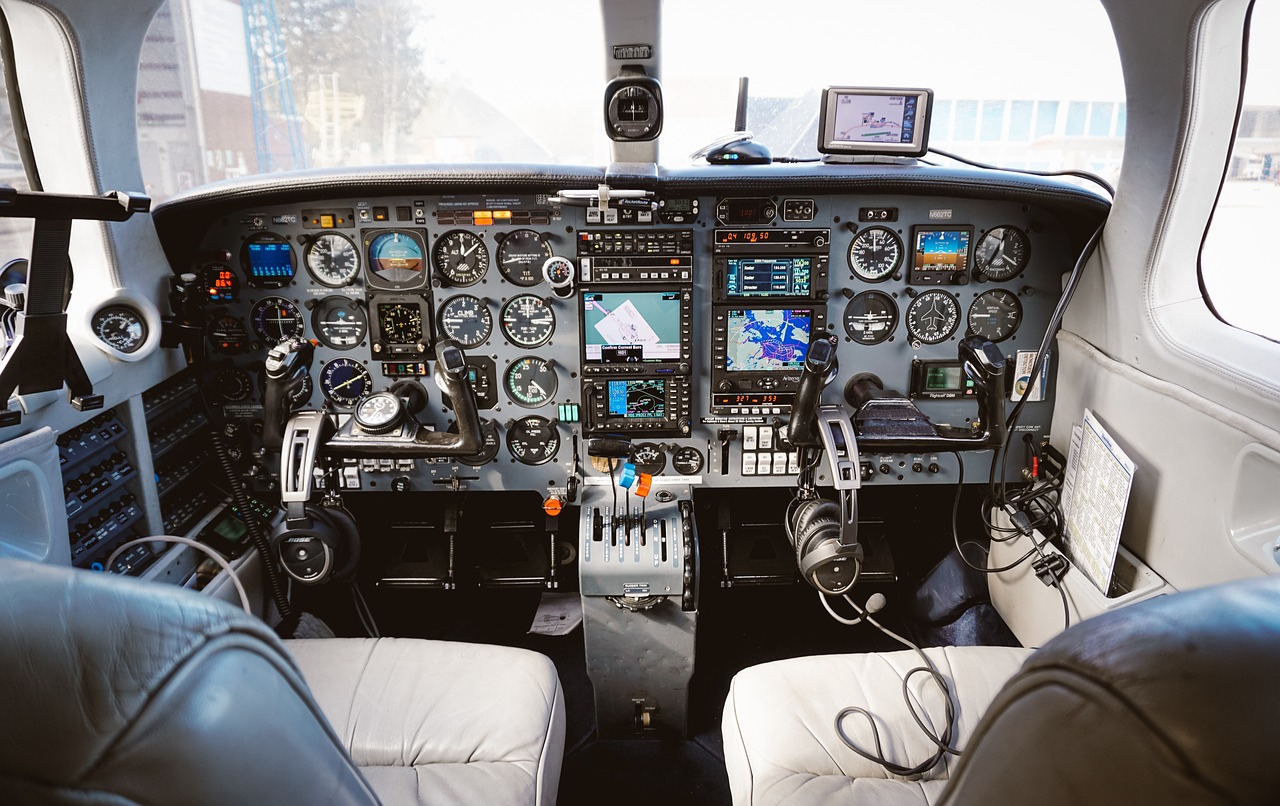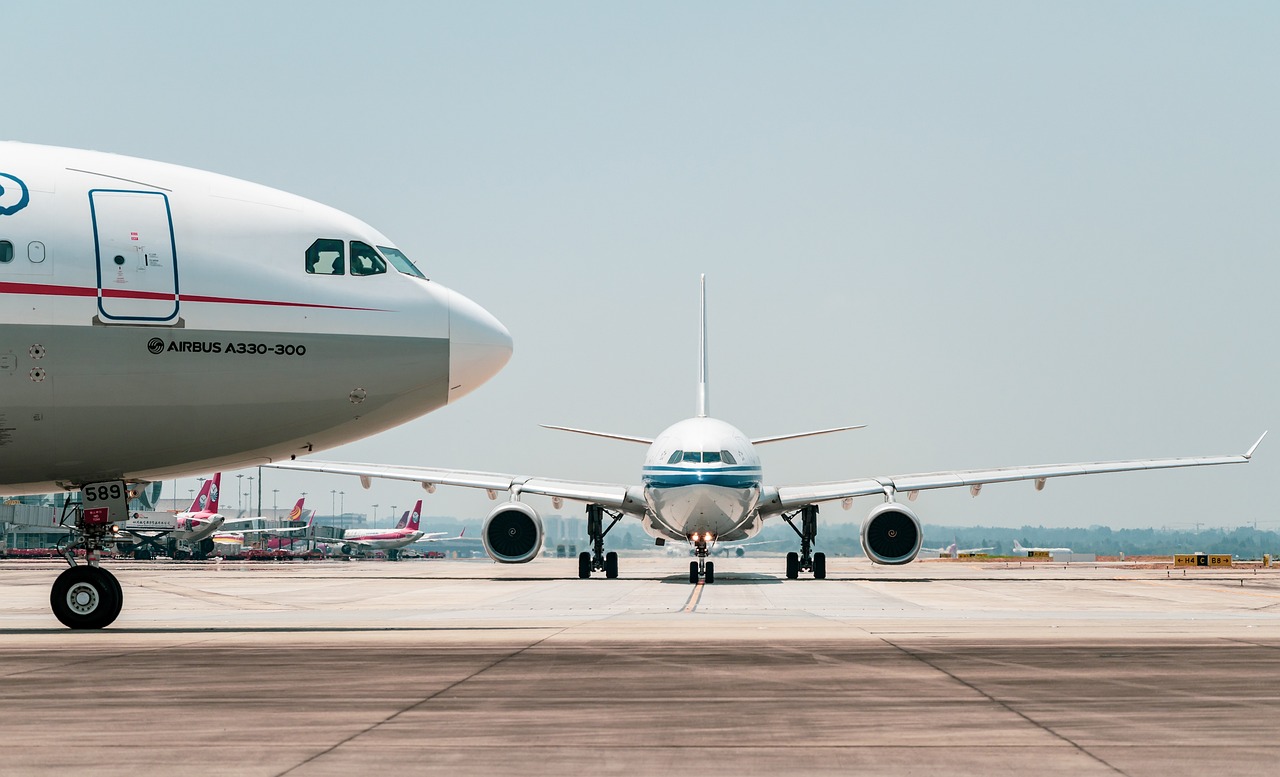Take a look at how airport technicians maintain planes in this post…
The safety and reliability of airplanes are critical. Much of this responsibility falls on the shoulders of skilled airport technicians. These professionals ensure that every aircraft is fit to fly by performing a range of meticulous maintenance tasks to keep planes in top condition.
From routine inspections to complex repairs, airport technicians play a crucial role in aviation safety. Without their expertise, air travel would not be as safe or efficient. This blog discusses how airport technicians maintain planes.
Table of Contents
Routine Inspections
Routine inspections confirm that planes are airworthy and safe for operation. Airport technicians meticulously check every part of the aircraft during regular inspections.
These checks range from daily walkarounds to more detailed weekly and monthly inspections. During a walkaround, technicians look for visible signs of wear and tear, fluid leaks, and any external damage. They also check the landing gear, lights, and control surfaces for proper functioning.
Technicians also perform more in-depth examinations of the aircraft’s systems. This includes checking the hydraulic and electrical systems, flight control systems, and fuel systems.
Technicians use specialized tools and diagnostic equipment to ensure all systems are operating correctly.
Engine Maintenance
The engine is the heart of an aircraft. Engine maintenance involves both routine checks and more detailed inspections to ensure optimal performance and safety.
Technicians regularly inspect engine components for signs of wear, such as cracks or corrosion, and replace parts as needed. They also perform oil changes and check fluid levels to keep the engine running smoothly.
More extensive engine maintenance includes tasks like borescope inspections, where technicians use a small camera to inspect the inside of the engine. This allows them to check for internal damage without disassembling the engine.
Technicians conduct performance tests to ensure the engine is operating efficiently. These tests can include running the engine at various power settings and monitoring its performance.
Electrical System Checks
The electrical systems of an aircraft are complex and crucial for its operation. Airport technicians must regularly check these systems to ensure they are functioning correctly and safely.
This involves inspecting wiring, connectors, and electrical components for signs of wear or damage. Technicians use specialized testing equipment to verify that all electrical circuits are working as intended.
Technicians also perform functional tests of the aircraft’s electrical systems. This includes testing the avionics, navigation systems, communication systems, and lighting. Any issues identified during these tests are promptly addressed to prevent potential in-flight failures.
Maintaining the electrical systems is essential for the safe operation of the aircraft, as these systems control many critical functions. Through thorough checks and timely repairs, technicians ensure the reliability of the aircraft’s electrical systems.
READ ALSO: Business Class Deals UK: The Role of Regional Airports
Anticorrosion Lubricants
Corrosion can compromise the structural integrity of an aircraft. Airport technicians use anti-corrosion lubricants like ACF-50 as a preventive measure to protect the aircraft from corrosion.
These lubricants are applied to various parts of the aircraft, especially those exposed to harsh environmental conditions. This includes the landing gear, control surfaces, and other metal components. Applying anti-corrosion lubricants requires careful attention to detail.
Technicians must ensure that all critical areas are adequately covered to prevent corrosion. Regular reapplication of these lubricants is necessary, as they can wear off over time due to environmental exposure and operational use.
Addressing Wear and Tear
Regular operation of aircraft inevitably leads to wear and tear on various components. Airport technicians are responsible for identifying and addressing these issues to maintain the aircraft’s safety and functionality.
This involves inspecting the aircraft’s structure, such as the fuselage and wings, for any signs of damage or fatigue. Technicians also check the landing gear, brakes, and tires for wear and replace parts as necessary.
In addition to structural components, technicians must also maintain the interior of the aircraft. This includes checking and repairing seats, overhead bins, and other cabin features to ensure they are in good condition.
Conclusion
Airport technicians play a vital role in maintaining the safety and reliability of airplanes. Through routine inspections, engine maintenance, electrical system checks, the use of anti-corrosion lubricants, and addressing wear and tear, these skilled professionals ensure that every aircraft is fit to fly.
Their meticulous work and attention to detail are essential for the smooth operation of air travel. Understanding the various aspects of aircraft maintenance highlights the complexity and importance of their job.
The dedication and expertise of airport technicians help keep the skies safe and ensure passengers can travel with confidence.
INTERESTING POSTS
- 9 Apps That Will Help Every Student Stick To A Routine
- Website Security Check: How Secure Is Your Website?
- Why Is Cybersecurity In Financial Services Important?
- 6 Reasons Why Ladies Should Wear Luxury Watches
- What Is A Data Broker? [Including Best Data Removal Service]
- 4 Important Implementations for New Restaurants
- Photography Supplies: What You Need to Take Great Photos
About the Author:
Meet Angela Daniel, an esteemed cybersecurity expert and the Associate Editor at SecureBlitz. With a profound understanding of the digital security landscape, Angela is dedicated to sharing her wealth of knowledge with readers. Her insightful articles delve into the intricacies of cybersecurity, offering a beacon of understanding in the ever-evolving realm of online safety.
Angela's expertise is grounded in a passion for staying at the forefront of emerging threats and protective measures. Her commitment to empowering individuals and organizations with the tools and insights to safeguard their digital presence is unwavering.









